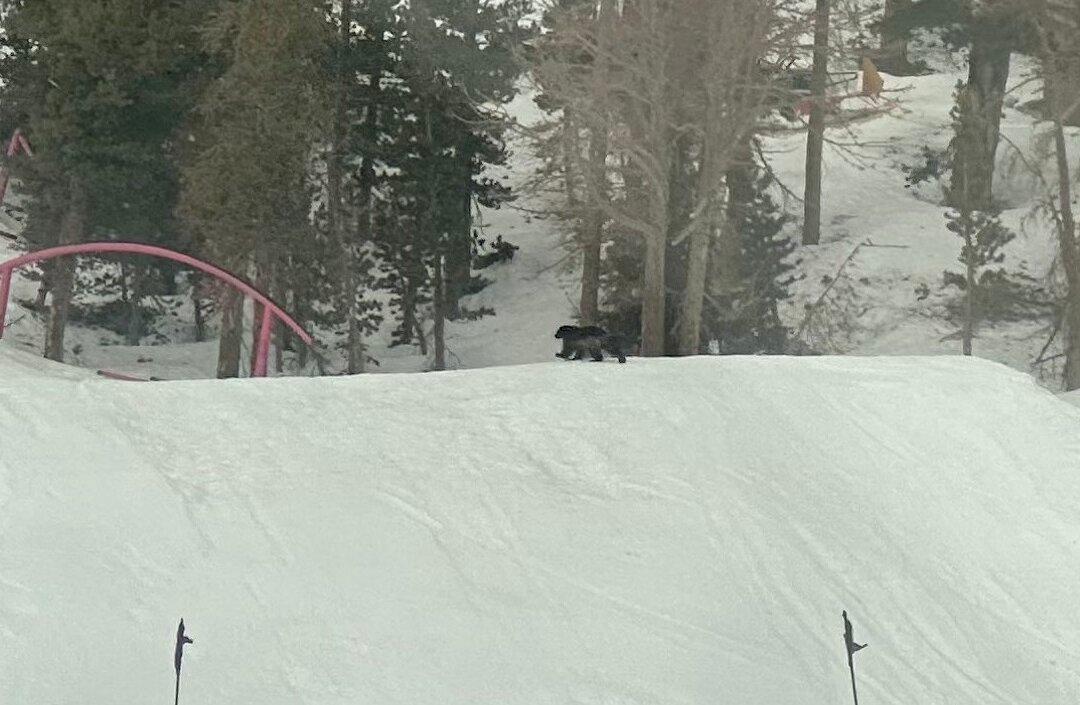Multiple rare sightings of a wolverine have been reported in California’s eastern Sierra Nevada mountains. Two have been spotted in Inyo National Forest and one in Yosemite National Park. All three sightings occurred in May.
“Wolverines can travel great distances, making it likely that the recent sightings are all of the same animal,” said Daniel Gammons in a statement. Gammons is a senior environmental scientist with the California Department of Fish and Wildlife (CDFW). “Because only two wolverines have been confirmed in California during the last 100 years, these latest detections are exciting.”





